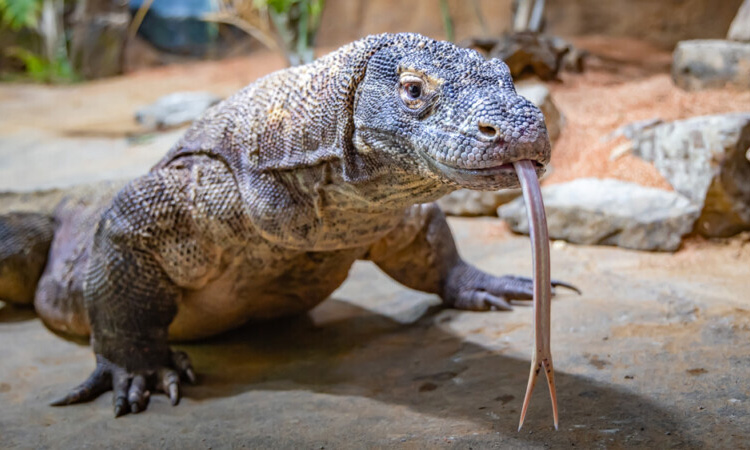Megaladapis: The Giant Lemur of Madagascar
In the heart of the lush forests of Madagascar once roamed a creature unlike any other – Megaladapis, the giant lemur. This mysterious and enigmatic creature has long captured the curiosity of scientists and researchers, but much about it still remains a mystery.
Uncovering the Fossil Record
The first traces of Megaladapis were discovered in the late 19th century by French paleontologists. Fossilized remains of this giant lemur have been found in various parts of Madagascar, shedding light on its size and anatomy.
Size and Appearance
Megaladapis was a massive creature, much larger than any living lemur today. Estimates suggest that it could have weighed up to 160 pounds, making it one of the largest primates to have ever lived. Its long, powerful limbs and robust jaws indicate that it was likely adapted for a life high in the trees.
Diet and Behavior
Researchers believe that Megaladapis was a herbivore, feeding on leaves, fruits, and other vegetation. Its large size and muscular build suggest that it may have been a formidable climber, using its strength to navigate the dense forests of Madagascar.
Extinction and Legacy
Sadly, like many other species in Madagascar, Megaladapis became extinct thousands of years ago. The exact reasons for its disappearance are still unclear, but habitat loss and human activity are believed to have played a significant role.
Although Megaladapis is no longer with us, its legacy lives on in the scientific community. By studying its fossilized remains and piecing together its story, researchers hope to gain a better understanding of the unique biodiversity of Madagascar and the importance of conservation efforts to protect its remaining species.
As we continue to uncover the mysteries of Megaladapis and other extinct creatures, we gain a greater appreciation for the diversity of life on Earth and the need to preserve it for future generations.




